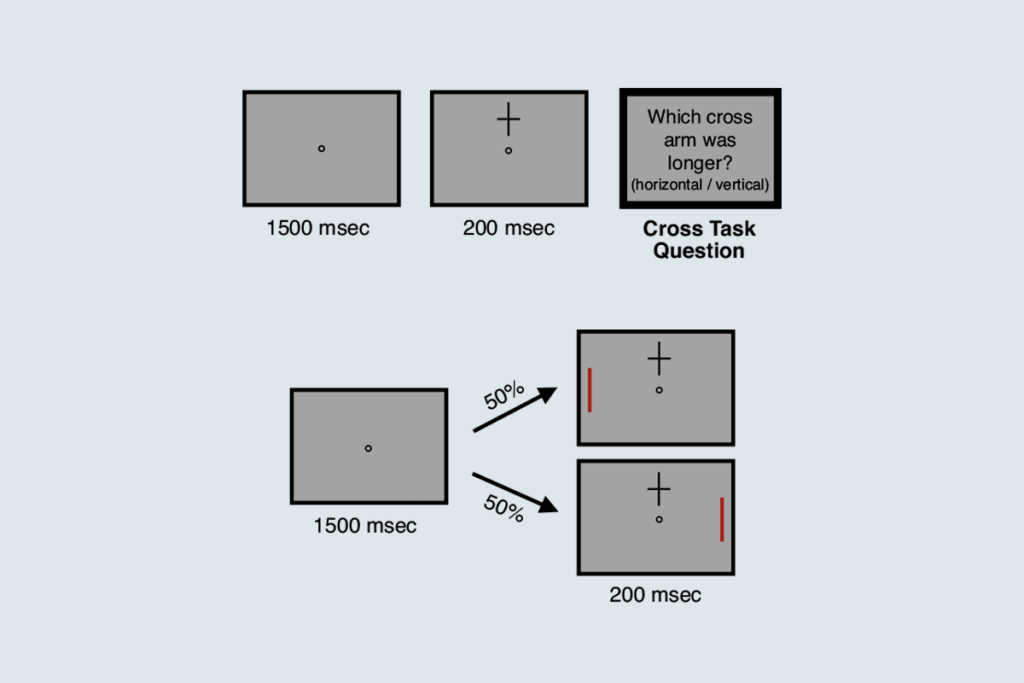Hope Vanderberg edits articles on The Transmitter for grammar, style and accuracy. Hope began copyediting for the Simons Foundation in 2010 as a freelancer and joined the Spectrum staff in 2013. Before that, she was editor of New Youth Connections, a teen-written magazine based in New York City. She also worked as senior projects editor at Medscape from WebMD.

Hope Vanderberg
Copy chief
The Transmitter
Education
- M.A. in science journalism, New York University
- B.A. in biology, Earlham College
Explore more from The Transmitter
Xiao-Jing Wang outlines the future of theoretical neuroscience
Wang discusses why he decided the time was right for a new theoretical neuroscience textbook and how bifurcation is a key missing concept in neuroscience explanations.
Xiao-Jing Wang outlines the future of theoretical neuroscience
Wang discusses why he decided the time was right for a new theoretical neuroscience textbook and how bifurcation is a key missing concept in neuroscience explanations.
Memory study sparks debate over statistical methods
Critics of a 2024 Nature paper suggest the authors failed to address the risk of false-positive findings. The authors argue more rigorous methods can result in missed leads.

Memory study sparks debate over statistical methods
Critics of a 2024 Nature paper suggest the authors failed to address the risk of false-positive findings. The authors argue more rigorous methods can result in missed leads.
Attention not necessary for visual awareness, large study suggests
People can perceive some visual information even if they do not pay direct attention to it.

Attention not necessary for visual awareness, large study suggests
People can perceive some visual information even if they do not pay direct attention to it.